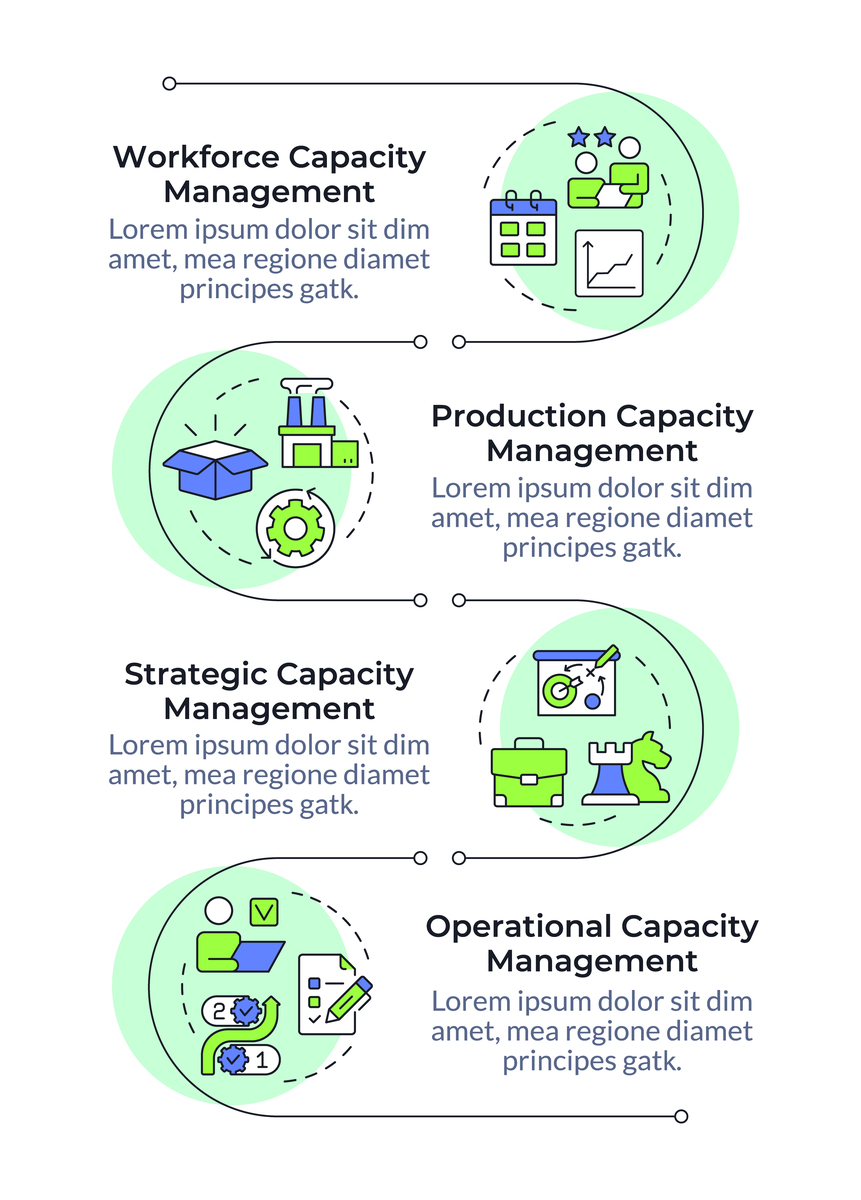Edge Node Content: Definition, Benefits & Use Cases
Edge node content refers to data or information stored and processed closer to the user's location, rather than in centralized cloud data centers. This proximity significantly reduces latency, improving user experience and enabling real-time applications.
'Edge node content' plays a vital role in edge computing, a revolutionary approach to data processing that distributes computing resources closer to the source of data. By bringing data and computation closer to users, edge computing addresses the limitations of traditional cloud-based models, especially in scenarios requiring low latency and high bandwidth.
Benefits of Edge Node Content:
- Reduced Latency: The proximity of data to the user significantly reduces network delays, resulting in faster response times and an improved user experience. This is particularly beneficial for real-time applications such as gaming, video conferencing, and autonomous driving.
- Enhanced Performance: Edge node content allows for faster content delivery, reducing the strain on centralized servers and improving overall system performance. This is crucial for applications with high traffic volume and demanding performance requirements.
- Increased Availability: By distributing content across multiple edge nodes, the system becomes more resilient to outages and disruptions. This ensures continuous service availability even in the event of network failures or server downtime.
- Improved Security: Edge nodes can be configured to enforce stricter security policies, protecting sensitive data from unauthorized access. This is especially important for applications handling confidential information or dealing with critical infrastructure.
Use Cases of Edge Node Content:
- Content Delivery Networks (CDNs): Edge nodes act as content caching servers, storing frequently accessed content closer to users. This significantly speeds up content delivery, improving user experience and reducing bandwidth consumption.
- Internet of Things (IoT): Edge nodes process data from connected devices in real-time, enabling efficient and reliable data analysis for applications like smart homes, industrial automation, and environmental monitoring.
- Augmented and Virtual Reality (AR/VR): Edge node content provides low-latency data streams, essential for immersive AR/VR experiences. This enables real-time rendering and interaction, enhancing user immersion and engagement.
- Gaming: Edge node content facilitates low-latency gameplay, reducing lag and improving responsiveness for a seamless gaming experience.
Conclusion:
Edge node content is a cornerstone of edge computing, offering significant benefits for applications demanding low latency, high performance, and improved availability. Its widespread adoption across various industries is driving innovation and enabling new possibilities in diverse fields.

原文地址: https://www.cveoy.top/t/topic/kJ5f 著作权归作者所有。请勿转载和采集!